Robot-Powered Pizza, Anyone? How Automation Is Transforming The Fast-Food Industry
2 July 2021
Can the restaurant industry really be automated? You may have heard about Flippy, a robot that can flip burgers or Makr Shakr, a robotic bar system. While certainly far from full domination, artificial intelligence and robots are making headlines for the possibilities they offer for the food industry. Pizza companies are some of the most advanced innovators when it comes to figuring out how to automate their businesses.
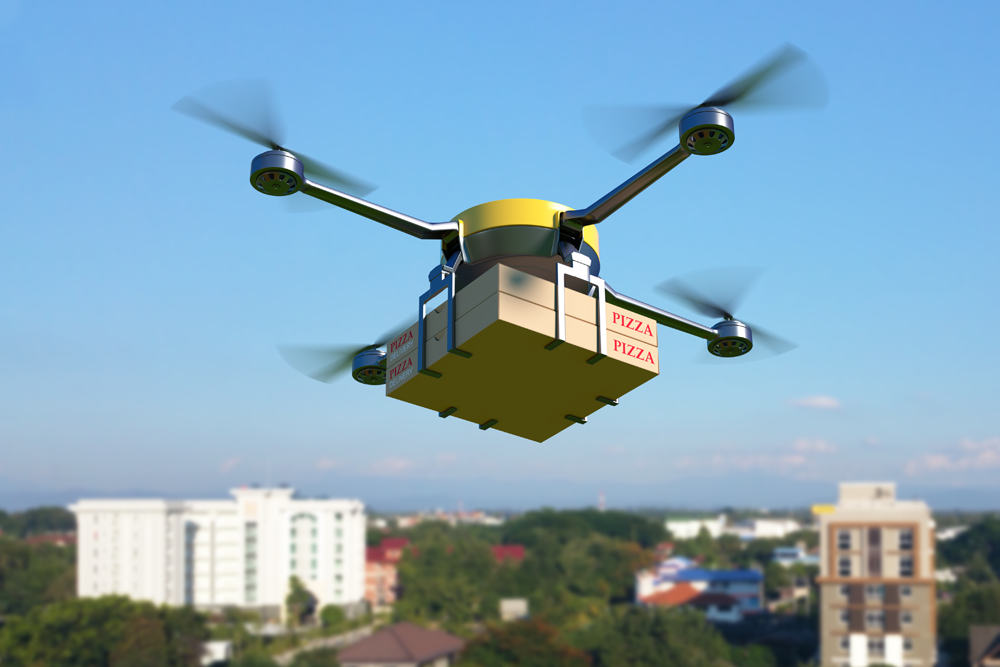
Robot-Powered Pizza from Zume
At Zume Pizza, a Mountain View, California (Bay Area) enterprise founded in 2015, humans might do all the prep work for the ingredients, but then the robots take over repetitive and potentially dangerous tasks. When a customer places an order from Zume’s app, Doughbot starts preparing their specific order by turning a dough ball into a pizza crust in a mere 9 seconds. Robots Giorgio and Pepe take over from there by applying the sauce to the crust and pass the pie on to Marta, a robot who spreads the sauce to the corners of the crust. Humans step back in to put the toppings on, a task that is challenging to automate due to the different textures and sizes toppings come in. Then robots Bruno and Vincenzo put the pies in and out of the oven respectively. Customers get to enjoy a freshly made 14-inch pizza that costs between $10 and $20 with no need to tip.
Zume is also changing pizza delivery with its “Baked on the Way” technology. Delivery trucks with all the pizza fixings and outfitted with six ovens allow the company to make 120 pizzas per hour—baking when en route to a customer’s door. The company collects data and uses predictive analytics that helps determine what day and time people are most apt to order pizza. They are then able to stock the delivery trucks with the types of pizza that are expected to be ordered and deploy them to the neighbourhood so they are in position to respond quickly when an order comes in. Zume plans to expand by scaling its proprietary technology platform that includes logistics, infrastructure, and operations to help others in the food industry introduce similar automation to their operations.
Domino’s Pizza Delivers Via DRU, a Robot
While not yet delivering to a neighbourhood near you, Domino’s anticipates that its autonomous delivery vehicle DRU will be the future of pizza delivery. Although the company has experimented with delivering pies from the skies in drones, delivery by DRU has a lot fewer hurdles to overcome such as not needing to deal with regulatory approval from the FAA.
The autonomous machine developed by Starship Technologies rolls down the sidewalk at around 4 mph with its cargo (about 4 to 5 medium pizzas). DRU navigates from a starting point to the delivery destination using onboard sensors, cameras and high-res maps of its territory. Crossing streets or curbs aren’t a problem, but the bot can’t climb stairs or go into buildings. Customers in the test area can watch the robot’s progress as its delivering their pizza via their phone and use a code that was delivered to their phone to unlock the cargo area to retrieve their pie. Once the bot returns to its home base, its battery will be swapped out for a freshly charged one, so it can begin another mission.
In addition to Domino’s test, Starship Technologies has tested its autonomous delivery vehicles in 20 countries since 2015. As the next phase of testing, they launched on the Intuit campus in Mountain View, Calif. Employees of the company can order breakfast, lunch or coffee from the staff cafeteria and have it delivered to them via the robot. This rollout will bring the delivery robots in contact with more people so more improvements can be made before full-scale rollout in a city.
Robots vs. Restaurant Professionals
As restaurant robots take over tasks from chefs, bartenders, servers and delivery drivers, what’s in store for the humans they are replacing?
“Automation exists to improve the quality of human lives, ” Zume CEO Alex Garden was quoted. He added, “We believe we should be leveraging automation to automate boring, dangerous, repetitive work.”
The restaurant industry is actually experiencing its lowest unemployment rates on record at 6% causing a University of Michigan labour economist to say we should be seeing high unemployment in the industry if businesses were just using machines to replace workers. As with other industries, the hope for automation is that people are freed up to do higher-value work while robots are there to do the repetitive and dangerous work. It is expected the jobs of restaurant workers will change with the introduction of automation, but so far there’s no robot that can replace human interaction—yet.
Related Articles
AI And The End Of Progress? Why Innovation May Be More Fragile Than We Think
By now, “smart” versions exist of just about every home appliance, gadget and gizmos we can think of. However, manufacturers continue[...]
Dreamforce 2025: Why I’m Excited About Salesforce’s Agentic Enterprise Revolution
By now, “smart” versions exist of just about every home appliance, gadget and gizmos we can think of. However, manufacturers continue[...]
The Top 5 Technology Trends For 2026
By now, “smart” versions exist of just about every home appliance, gadget and gizmos we can think of. However, manufacturers continue[...]
Dreamforce 2025: Why I’m Excited About Salesforce’s Agentic Enterprise Revolution
By now, “smart” versions exist of just about every home appliance, gadget and gizmos we can think of. However, manufacturers continue[...]
Robots And AI Are Rewriting The Future Of Surgery
By now, “smart” versions exist of just about every home appliance, gadget and gizmos we can think of. However, manufacturers continue[...]
The 8 Biggest AI Trends For 2026 That Everyone Must Be Ready For Now
By now, “smart” versions exist of just about every home appliance, gadget and gizmos we can think of. However, manufacturers continue[...]
Sign up to Stay in Touch!
Bernard Marr is a world-renowned futurist, influencer and thought leader in the fields of business and technology, with a passion for using technology for the good of humanity.
He is a best-selling author of over 20 books, writes a regular column for Forbes and advises and coaches many of the world’s best-known organisations.
He has a combined following of 4 million people across his social media channels and newsletters and was ranked by LinkedIn as one of the top 5 business influencers in the world.
Bernard’s latest book is ‘Generative AI in Practice’.




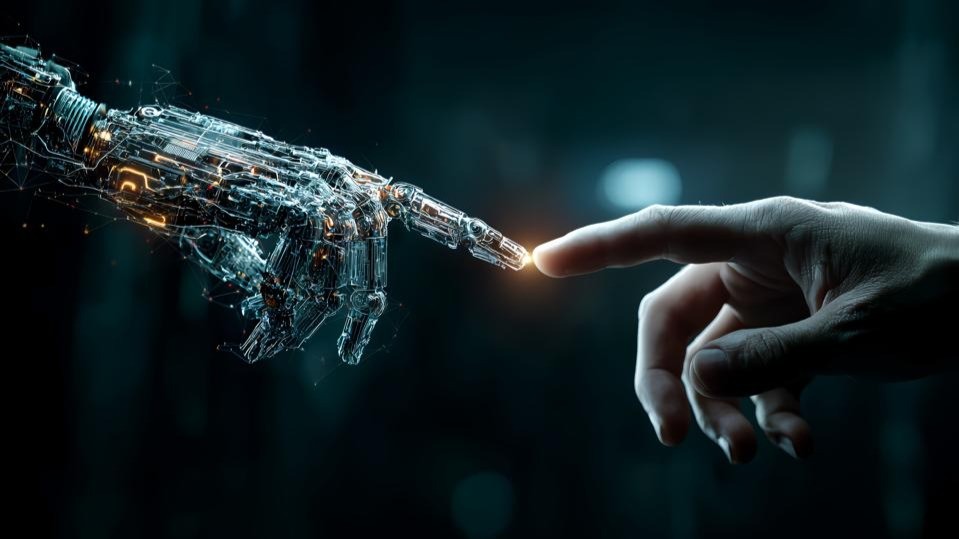


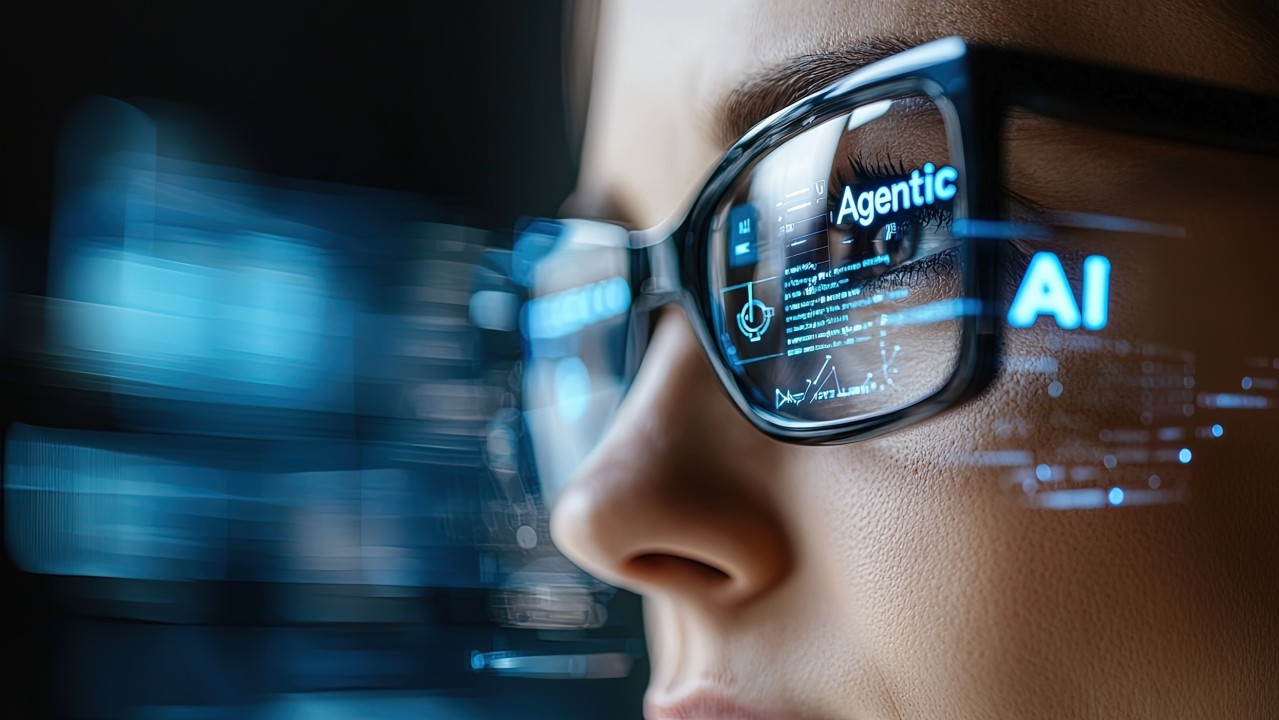
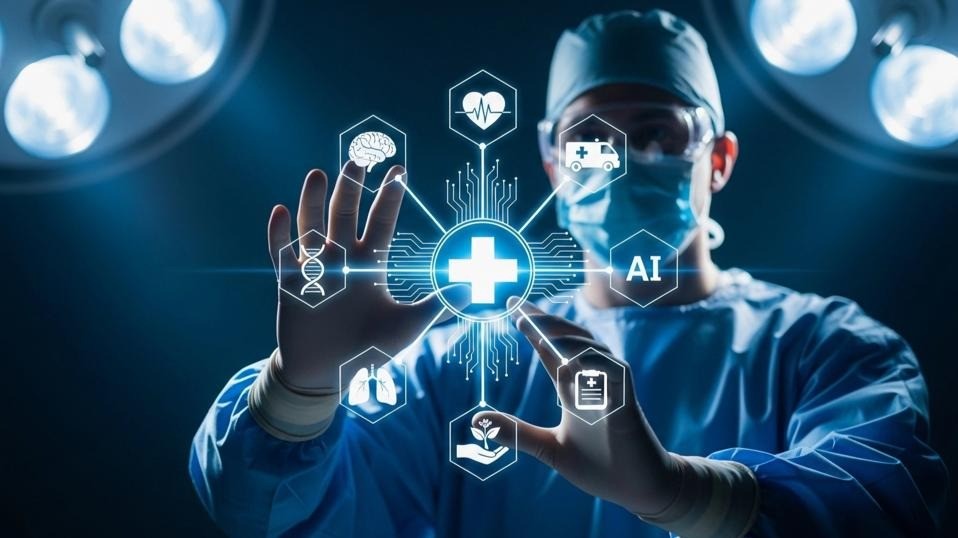
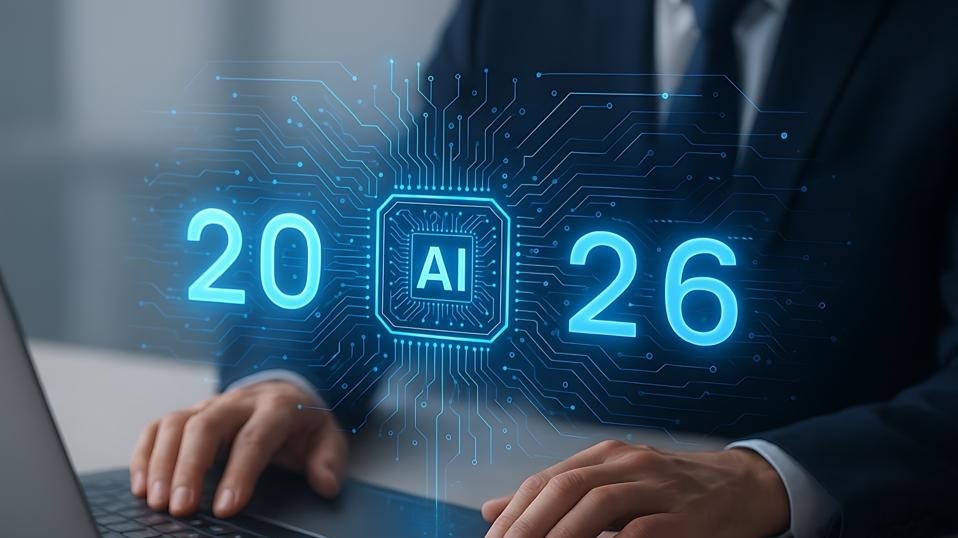
Social Media